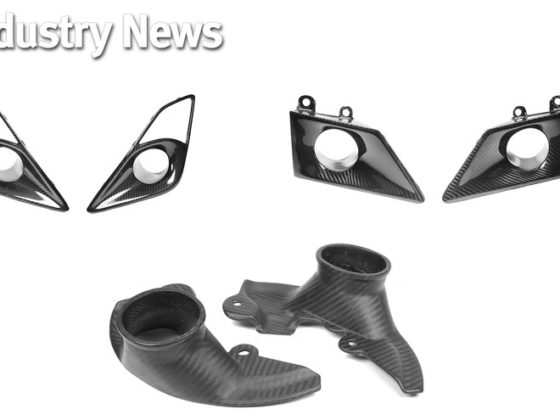,
 Remember – air has inertia, so it takes a little time to get it moving, which is why we want to open the intake valve before TDC. If the timing is right, the last of the exhaust gases (little red objects) leaving the cylinder “pull” the first of the intake charge (little blue objects) into the cylinder, initiating flow. (IVO notes: The timing of this event is strongly influenced by the efficiency of the exhaust system. A good header/exhaust system design will ensure that there is a pressure differential between the exhaust pipe and the combustion chamber, with the pressure in the exhaust system lower than the pressure in the combustion chamber, and the resulting pressure in the combustion chamber being lower than atmospheric pressure. If we open the intake valve way too early, and the combustion chamber pressure is higher than atmospheric pressure, then we get some flow of exhaust gas back into the intake. If we open the valve too late, we lose the opportunity to take advantage of the pressure differential to help get the intake flow started as early as possible, so that we have more time to pack in as much intake charge as possible)
Remember – air has inertia, so it takes a little time to get it moving, which is why we want to open the intake valve before TDC. If the timing is right, the last of the exhaust gases (little red objects) leaving the cylinder “pull” the first of the intake charge (little blue objects) into the cylinder, initiating flow. (IVO notes: The timing of this event is strongly influenced by the efficiency of the exhaust system. A good header/exhaust system design will ensure that there is a pressure differential between the exhaust pipe and the combustion chamber, with the pressure in the exhaust system lower than the pressure in the combustion chamber, and the resulting pressure in the combustion chamber being lower than atmospheric pressure. If we open the intake valve way too early, and the combustion chamber pressure is higher than atmospheric pressure, then we get some flow of exhaust gas back into the intake. If we open the valve too late, we lose the opportunity to take advantage of the pressure differential to help get the intake flow started as early as possible, so that we have more time to pack in as much intake charge as possible)
After TDC, and we’re starting down the bore on the intake stroke. The exhaust valve has now just closed (EVC), and the intake valve is continuing to open. As the piston travels down the bore again, the pressure in the cylinder drops in relation to the outside atmosphere. This pressure drop is what allows atmospheric pressure to push air past the intake valves, but it’s okay to visualize that the piston moving down the bore is sucking the air in – the end result is the same. (EVC notes: The cam designer has to consider the influences of other parameters in choosing the timing of EVC. If the cam is designed for higher rpm, the designer will delay EVC and increase the amount of overlap to allow enough time for the gases to be scavenged from the chamber and be replaced by fresh charge. This means that at lower rpm, some of that fresh charge may have enough time to go right out the exhaust ports and ignite in the exhaust ports and/or the header, driving up cylinder head and exhaust temperatures. This is why cams with lots of overlap don’t run well at lower rpm. The timing of this valve event is influenced strongly by the exhaust system efficiency and the intended rpm range, as well as IVO timing)
 If the cam designer got it right, the exhaust gases have all been scavenged, and little or no fresh charge is wasted out of the exhaust port. It’s never perfect, but here it looks like we got close – just a little exhaust remains.
If the cam designer got it right, the exhaust gases have all been scavenged, and little or no fresh charge is wasted out of the exhaust port. It’s never perfect, but here it looks like we got close – just a little exhaust remains.
We’re in the middle of the intake stroke – the crank is around 90 degrees past TDC, so piston speed is about maximum, and the pressure difference between the intake port and the cylinder is maximized. The intake valve is almost fully open by this time to take advantage of this differential.



